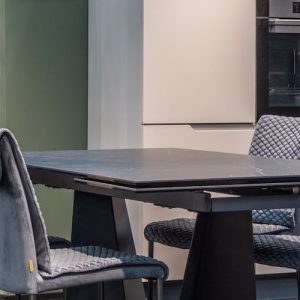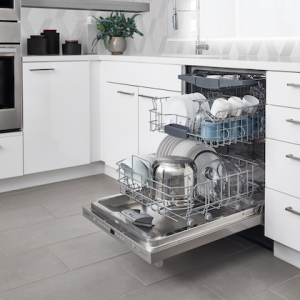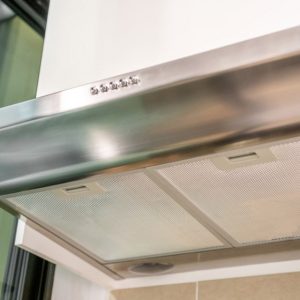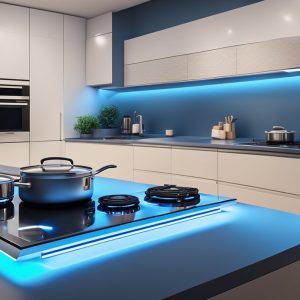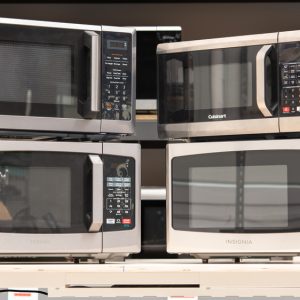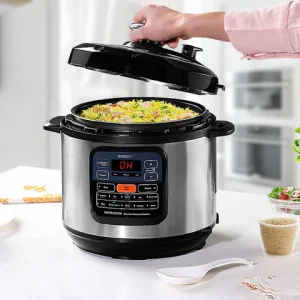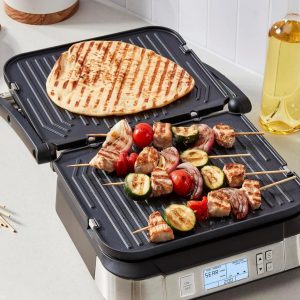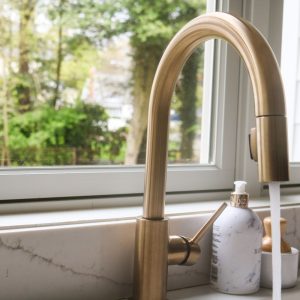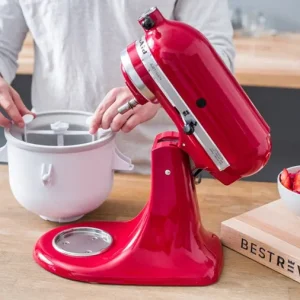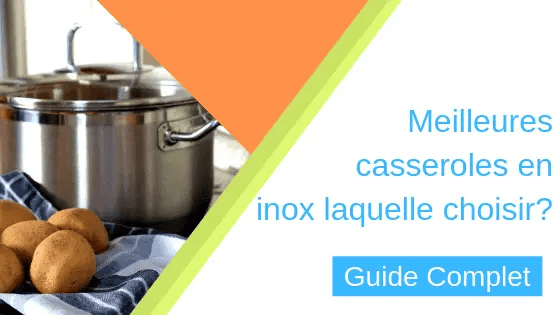
Cooking is an art, and just like any artist, you need the right tools to create masterpieces. One of the most important tools in a kitchen is a Best Cooking Pans. With so many types of cooking pans available in the market, it can be overwhelming to choose the best one for your needs. In this article, we’ll provide a detailed guide on everything you need to know about Best Cooking Pans. From what they are, how to use them, their pros, and cons, alternatives, to step-by-step instructions on how to choose the best one, we’ll cover it all. Here is our collection
What Are Cooking Pans?
Cooking pans are flat-bottomed vessels used for cooking food over heat. They come in various shapes, sizes, materials, and designs. Some common materials used to make cooking pans include stainless steel, aluminum, copper, cast iron, and non-stick coatings.
Types of Cooking Pans
- Stainless Steel Pans
- Aluminum Pans
- Copper Pans
- Cast Iron Pans
- Ceramic Pans
- Non-Stick Pans
Who Needs Cooking Pans?
Cooking pans are an essential tool for anyone who loves to cook. Whether you’re a professional chef or a home cook, having the right kind of cooking pan is crucial for preparing delicious meals.
People Who Need Cooking Pans
- Home Cooks
- Professional Chefs
- Culinary Students
- Food Bloggers
- Caterers
When Should You Use a Cooking Pan?
Cooking pans can be used for a variety of cooking techniques, such as sautéing, frying, boiling, simmering, and more. Knowing when to use a specific type of cooking pan is key to achieving the best results.
When to Use Different Types of Cooking Pans
- Stainless Steel Pans: Ideal for searing and sautéing
- Aluminum Pans: Great for even heat distribution
- Copper Pans: Perfect for cooking delicate foods
- Cast Iron Pans: Best for high-heat cooking and searing
- Ceramic Pans: Suitable for low-temperature cooking
- Non-Stick Pans: Perfect for cooking with minimal oil or butter
How to Choose the Best Cooking Pan?
Choosing the best cooking pan can be a daunting task, especially if you’re not familiar with the different types of pans available. Here’s a step-by-step guide on how to choose the best cooking pan for your needs.
Steps to Choose the Best Cooking Pan
- Determine your cooking needs
- Consider the type of stove you have
- Choose the right material
- Decide on the size and shape
- Check the handle and lid
- Consider the price
Factors to Consider When Choosing a Cooking Pan
- Material
- Size and Shape
- Handle and Lid
- Heat Conductivity
- Maintenance
- Price
Pros and Cons of Different Types of Cooking Pans
Each type of cooking pan has its pros and cons. Understanding them will help you make an informed decision when choosing the right one for your cooking needs.
Pros and Cons of Different Types of Cooking Pans
- Stainless Steel Pans
- Pros: Durable, scratch-resistant, easy to clean
- Cons: Not ideal for cooking delicate foods, uneven heating
- Aluminum Pans
- Pros: Lightweight, excellent heat conductivity, affordable
- Cons: Prone to scratches and dents, reacts with acidic foods
- Copper Pans
- Pros: Excellent heat conductivity, elegant design, great for delicate foods
- Cons: Expensive, requires regular maintenance, reacts with acidic foods
- Cast Iron Pans
- Pros: Durable, excellent heat retention, versatile
- Cons: Heavy, requires seasoning, reactive to acidic foods
- Ceramic Pans
- Pros: Non-reactive, easy to clean, affordable
- Cons: Not suitable for high-heat cooking, prone to chips and cracks
- Non-Stick Pans
- Pros: Easy to clean, requires minimal oil or butter, great for low-fat cooking
- Cons: Can scratch easily, not suitable for high-heat cooking, may contain harmful chemicals
Alternatives to Cooking Pans
While cooking pans are the most commonly used tool for cooking, there are several alternatives that you can use depending on your recipe.
Alternatives to Cooking Pans
- Griddles
- Dutch Ovens
- Woks
- Roasting Pans
- Skillets
Step-by-Step Guide on How to Cook with a Cooking Pan
Cooking with a cooking pan is simple, but there are a few things you need to keep in mind to achieve the best results.
Steps on How to Cook with a Cooking Pan1. Preheat the pan: Place the cooking pan on the stove and preheat it for a few minutes before adding any food.
- Add oil or butter: Depending on the recipe, you may need to add some oil or butter to the pan before adding the food.
- Add the food: Place the food in the pan and let it cook on one side until it’s browned or cooked through. Flip the food over and repeat the process on the other side.
- Adjust the heat: Depending on the cooking technique and the type of pan, you may need to adjust the heat to ensure even cooking.
- Use a lid: If the recipe calls for it, use a lid to cover the pan while cooking.
- Serve: Once the food is cooked to your liking, remove it from the pan and serve.
How to Clean and Maintain Your Cooking Pans
Proper cleaning and maintenance of your cooking pans will ensure that they last longer and continue to perform well. Here are some tips on how to clean and maintain your cooking pans.
Steps to Clean and Maintain Your Cooking Pans
- Let the pan cool down before cleaning.
- Use warm water and mild dish soap to clean the pan.
- Avoid using abrasive sponges or cleaners that can scratch the surface of the pan.
- Dry the pan thoroughly after cleaning to prevent rusting.
- For cast iron pans, season them regularly to maintain their non-stick properties.
- Store the pans in a dry place to prevent moisture from causing damage.
Tips for Cooking with Cooking Pans
Here are some tips that will help you get the most out of your cooking pans.
Tips for Cooking with Cooking Pans
- Preheat the pan before adding any food to ensure even cooking.
- Don’t overcrowd the pan as this can lead to uneven cooking.
- Use the right amount of oil or butter to prevent food from sticking to the pan.
- Use a lid to trap in heat and moisture while cooking.
- Use different types of pans for different recipes to get the best results.
The Best Cooking Pans in 2023
After thorough research and testing, we’ve compiled a list of the best cooking pans available in 2023.
Top 5 Best Cooking Pans
All-Clad Stainless

- Matériau multi-couches
- Répartition uniforme de la chaleur sans points chauds
- Couches superposées avec précision
- Construction tripe couche: acier inoxydable, Aluminium pur et Aluminium-Acier inoxydable ferromagnétique
- Efficace sur tous feux donc induction
- De nombreux Spitzenköchen dans le monde entier
Best for searing and sautéing
Calphalon
Best for low-fat cooking
- 8-in. Poêle à frire, 10-in. Poêle à frire, 1.5-qt. Casserole avec couvercle, 2.5-qt. Casserole avec couvercle, bol à mélanger. Marmite avec couvercle
Lodge

Best for high-heat cooking and searing
- One Lodge 12″ Cast Iron Skillet with Handle Rack.
- Helper handle for better control
- Unparalleled heat retention and even heating
- Pre-seasoned with 100% natural vegetable oil
- Use for searing, sautéing, baking, broiling, braising, frying, or broiling.
- Use in the oven, on the stove, on the grill, or over a campfire.
- Ideal for induction hobs.
Copper

Best for versatility and elegance
- STONE PAN GRANIT 24CM
T-fal E93808

- Built to perform: A true workhorse in the kitchen, hard anodized aluminum retains the perfect heat and has a much stronger protective layer than the original metal, making it corrosion and scratch resistant, and it does not react to acidic foods
- HEAT MASTER SYSTEM: The T-Fal Heat Master System is a three-ingredient recipe for perfectly delicious cooking results every time and longer lasting non-stick coating, anti-warp, even base and patented Thermo- Spot
- Thermo-spot indicator: the ring around the area turns solid red to show when pans are fully preheated and ready to add. Proper preheating is essential to seal in flavor and cook food evenly
International products have separate terms, they are sold from overseas and may differ from local products, including fit, product age and language, labeling or instructions.
Best for even heat distribution
FAQs About Cooking Pans
- What is the difference between a skillet and a frying pan?
- A skillet typically has higher sides and a wider base than a frying pan, while a frying pan has sloping sides and a smaller base. Skillets are ideal for recipes that require tossing or stirring, while frying pans are ideal for recipes that require flipping.
- Can you use metal utensils on non-stick pans?
- It’s not recommended to use metal utensils on non-stick pans as they can scratch the surface and damage the non-stick coating.
- How often should I season my cast iron pan?
- Season your cast iron pan after every use to maintain its non-stick properties.
- Can I put my cooking pan in the dishwasher?
- It’s not recommended to put cooking pans in the dishwasher as the harsh detergents and high temperatures can damage the surface of the pan.
- What is the best way to store my cooking pans?
- Store your cooking pans in a dry place, such as a cabinet or drawer, to prevent moisture from causing damage.
Conclusion
Choosing the best cooking pan for your needs can be overwhelming, but with this guide, you now have all the information you need to make an informed decision. From understanding the different types of pans available to learning how to cook with them and maintain them properly, we’ve covered it all. Remember to choose the right pan for each recipe, use the right amount of oil, and always preheat the pan before cooking. With the right tools and techniques, you’ll be able to create delicious meals in no time.


